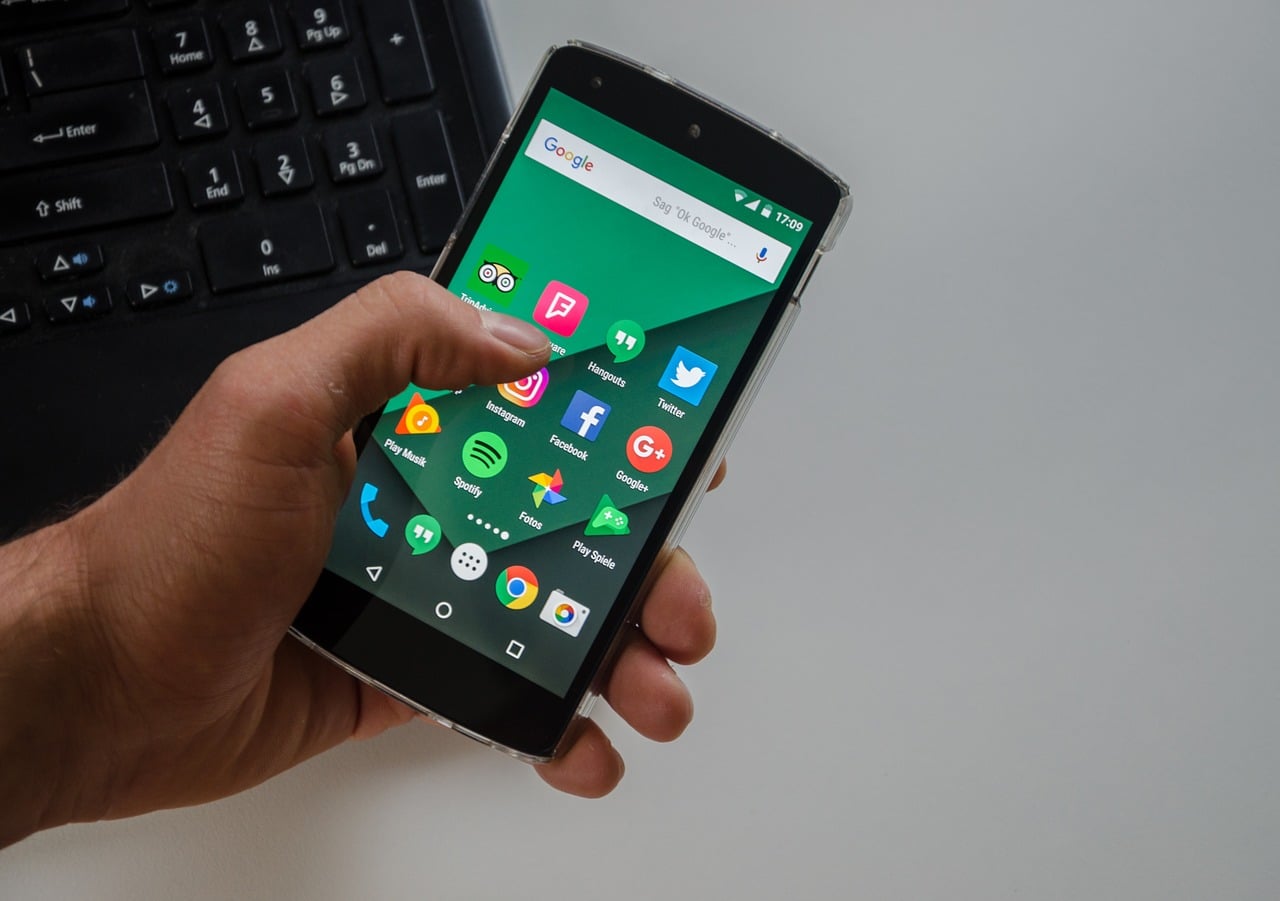With more and more smartphone manufacturers opting for a full-screen phone, it is only logical for Google to develop its operating system with such a design in mind. Now it seems Google is doing just that with the upcoming Android version and is reportedly testing a “swipe back” gesture in Android Q to replace the back button.
swipe back gesture in Android Q
Google already adopted some gestures with its Pixel 3 phones, and now it appears the search giant wants to expand this functionality with Android Q.
Currently, most Android phones have an on-screen button users must tap to go back. Google reportedly aims to do away with this old approach, and thus, it is testing a swipe back gesture in Android Q, according to XDA Developers.
XDA Developers claims the gesture is present in the Android Q Beta 2 on the Google Pixel 2 XL. However, the feature is not activated by default; rather, enabling it requires a few simple ADB commands. XDA Developers also shared a video showing the swipe back gesture in action.
According to the video, users will be able to swipe from the edge of the screen to go back. The functionality is similar to the experience on an iPhone X/XS/XR. Further, the video shows that users will be able to swipe from either side of the display. However, in both cases, the arrow points to the left, indicating the gesture will take the user back.
Introducing the swipe back gesture in Android Q could prove a good idea as it would feel more intuitive than tapping a button. On the downside, such a swipe gesture could interfere with certain apps and the implementation of the navigation drawer.
Whether or not the swipe back gesture will be implemented in Android Q is not confirmed yet. Android Q is still very much in beta.
When is Android Q coming?
Although a lot of Android phone makers are still busy pushing out Android Pie to users, Google is busy working on the next iteration. Google’s Android Q is officially in beta testing for the Pixel, Pixel XL, Pixel 2, Pixel 2 XL, Pixel 3 and Pixel 3 XL.
So far, Google has released two beta versions. Both came with several crucial changes, but it is believed that the search giant will announce more features at I/O, its annual developer conference scheduled for next month. Like always, the new Pixel phones which are expected to come sometime later this year will likely be the first to run on Android Q.
Google is expected to reveal the third beta in early May. Around the same time, Google will likely also open the beta program to other manufacturers, such as Samsung. Beta 4 should arrive in June. Google is expected to release two betas in the summer before officially releasing Android Q.
In all, the search giant will likely release six versions of Android Q before the final version. Google has listed the final release sometime in August.
What to expect from Android Q
Google started testing the Android Q beta in March. This means developers already have worked on the upcoming Android version for a month now. Although Google hasn’t yet announced a release date (or even the name) for Android Q, we now have a fair idea of what to expect from it.
One big feature coming with Android Q is support for “foldables and innovative new screens,” according to an Android Developers blog post. This new feature is primarily for developers to make their apps more in line with folding screens.
Google is also expected to add an all-system dark mode. The feature, which was present in the first developer beta, should allow users to apply the theme in Display Settings, the main interface, and Settings. Another change detailed by XDA Developers is with the navigation bar. The report claims the beta version comes with a “subtle change in the way the gesture bar is colored.”
Other expected features include Face ID-style authentication for logins and purchases, more developer tools, the pressure-sensitive “Deep Press” gesture, new privacy features and more.





